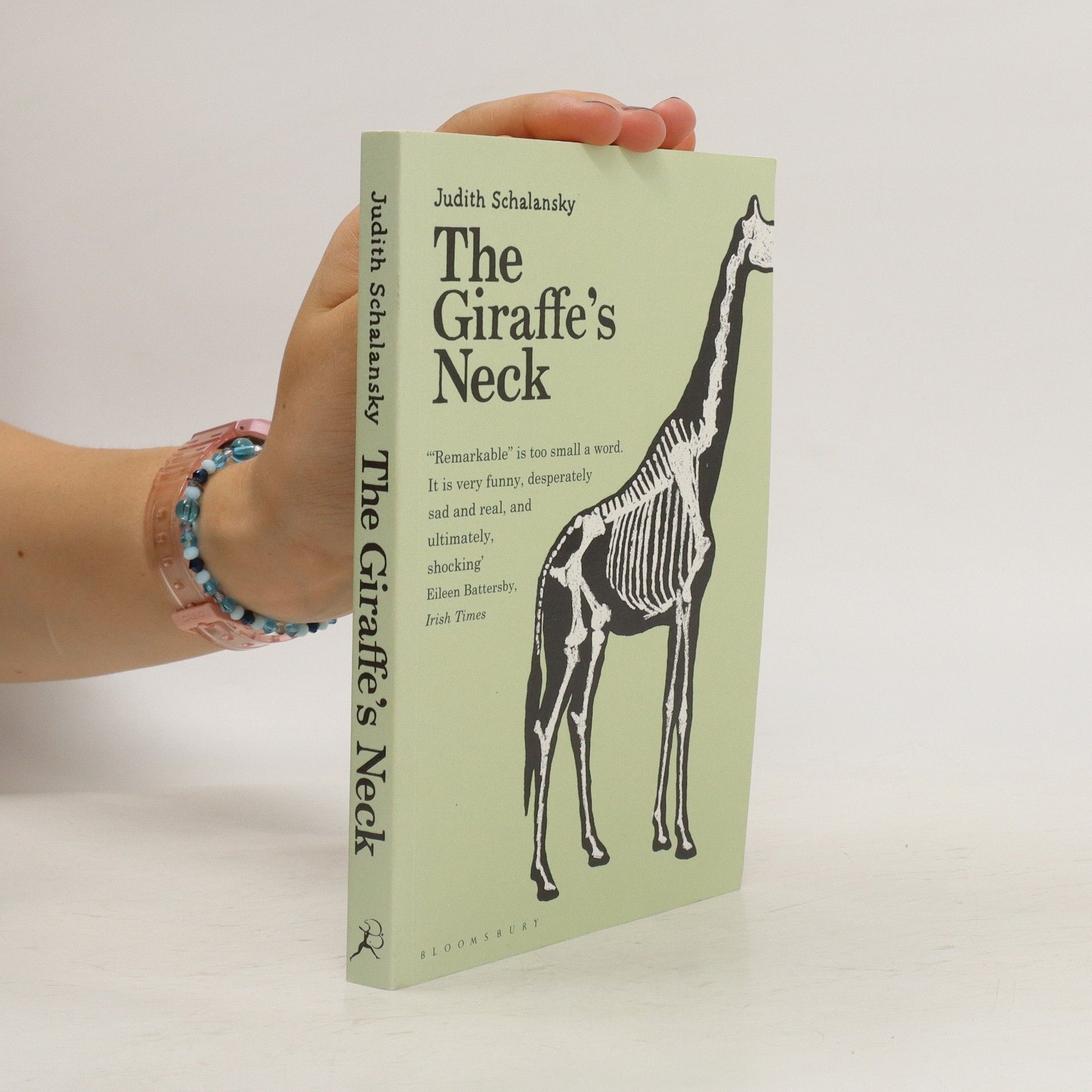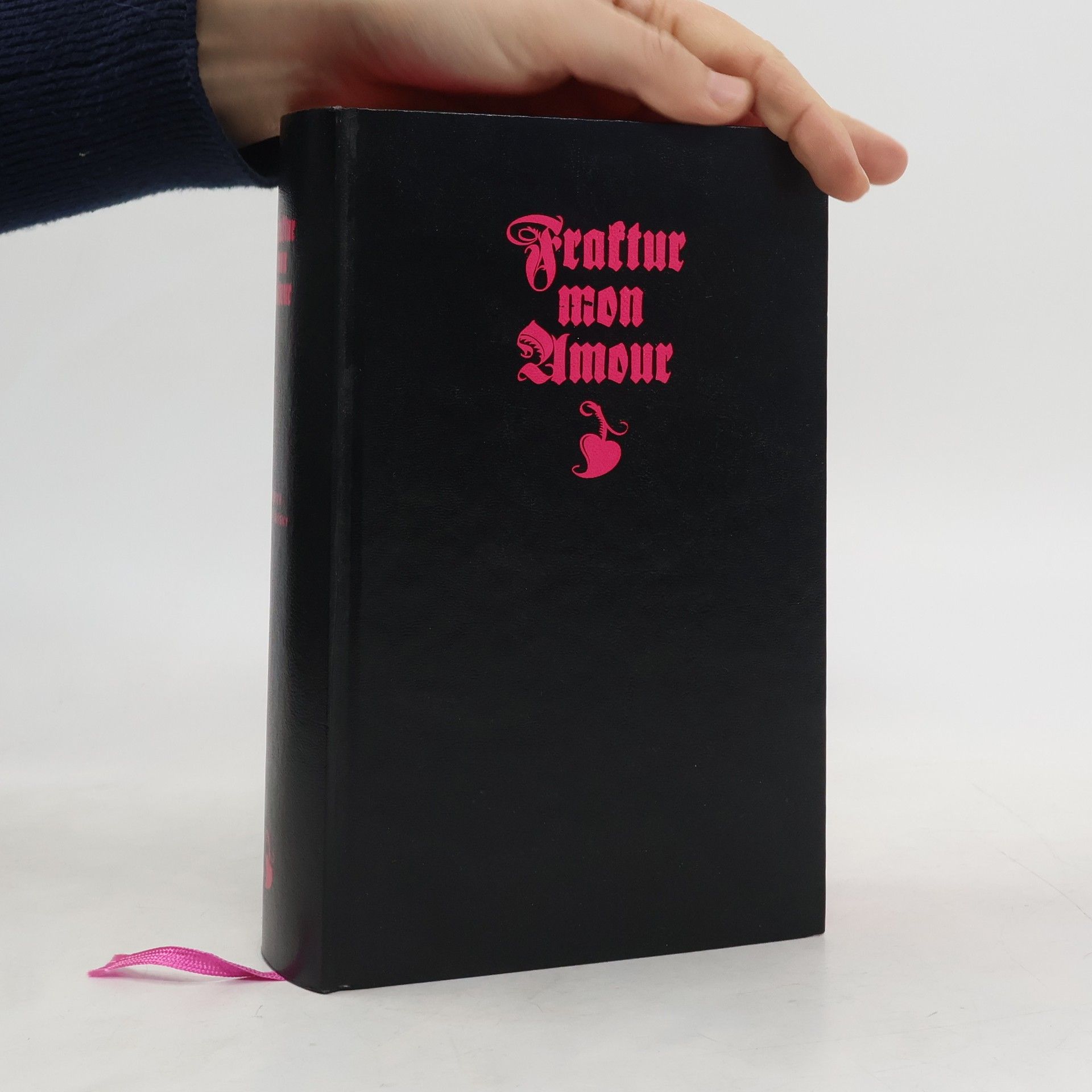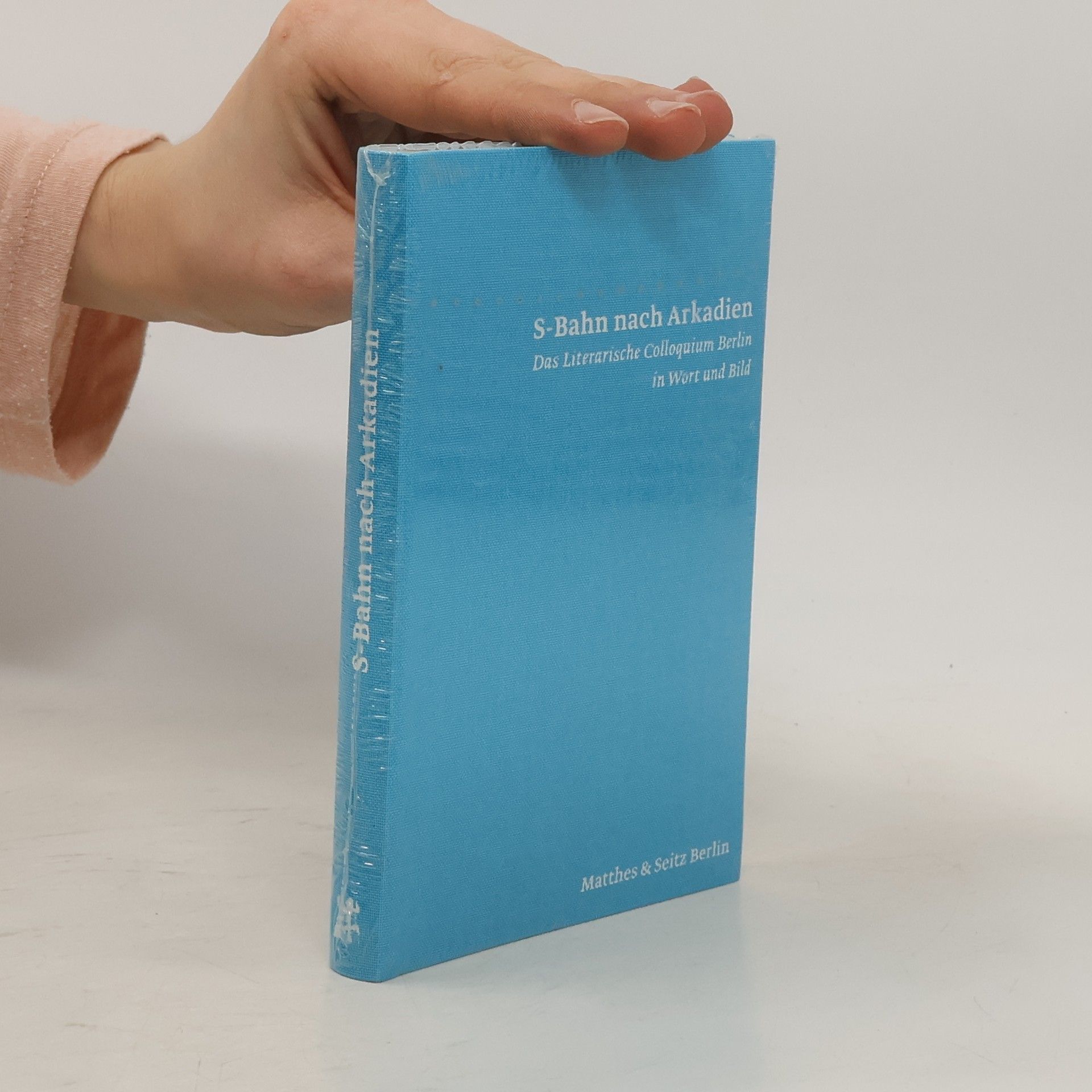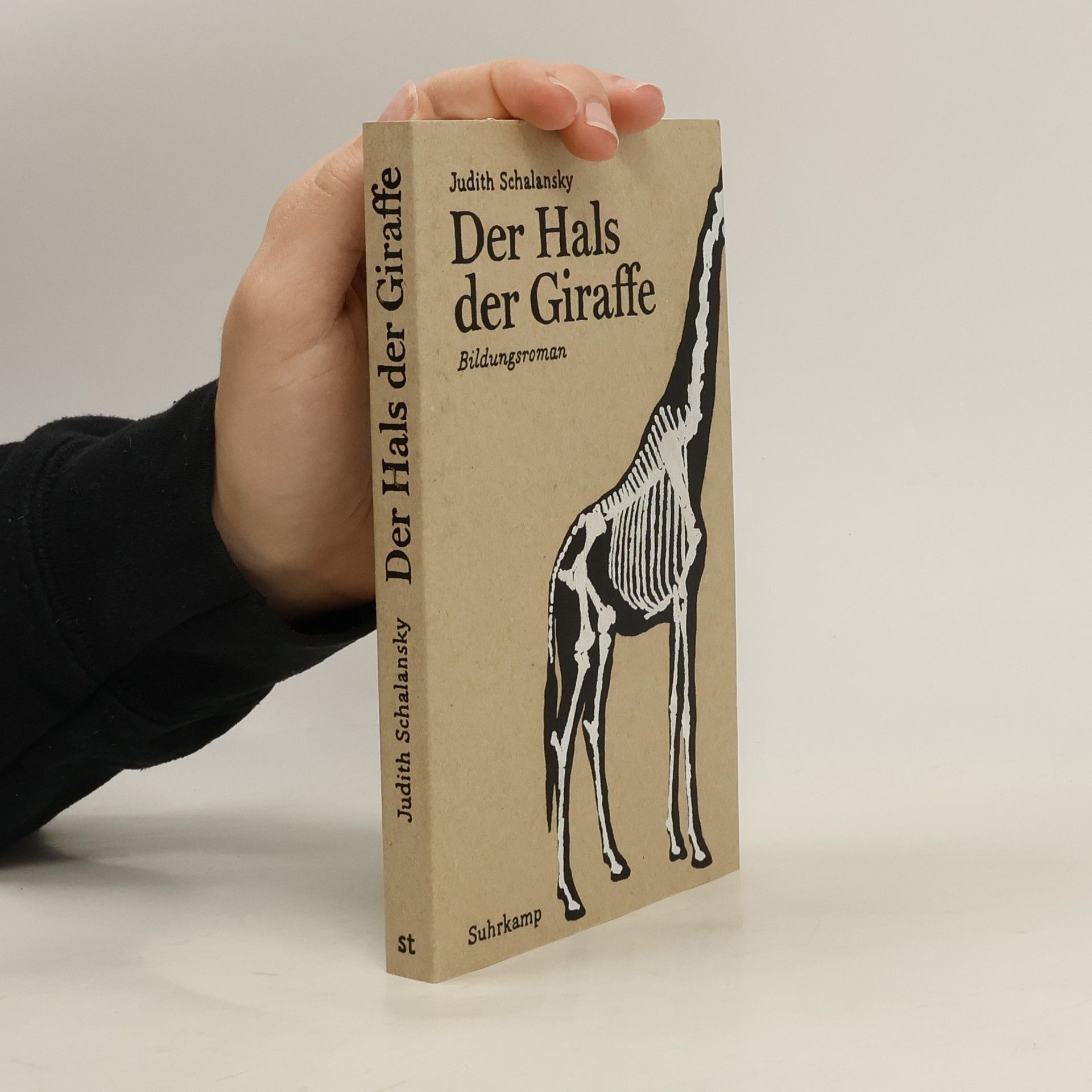Nowe, rozszerzone wydanie wysmakowanego albumu, w którym literatura łączy się z kartografią, by zabrać czytelnika w niezwykłą podróż po pięćdziesięciu pięciu tajemniczych lądach. Pierwsze wydanie „Atlasu wysp odległych” od razu wzbudziło zachwyt zarówno swoją koncepcją, jak i oprawą graficzną. Inspirowane relacjami historycznymi i danymi naukowymi intrygujące i poetyckie minieseje o odległych wyspach, połączone z subtelnymi, oszczędnymi ilustracjami, zdobyły uznanie czytelników i krytyków. „Atlas” stał się międzynarodowym bestsellerem, został przetłumaczony na 20 języków, zdobył wiele nagród – a także zainspirował licznych naśladowców. W nowym wydaniu autorka powraca do wcześniej opisanych wysp, by zaktualizować niektóre informacje, a także dodaje pięć zupełnie nowych miejsc. „Atlas wysp odległych” to zachęta do wędrówek w wyobraźni, inspirujący intelektualny spacer tropem idei takich jak mit raju, eksploracja i różne wymiary izolacji czy fantazje o idealnych, odciętych od świata społecznościach.
Judith Schalansky Book order
Judith Schalansky's work explores the intersection of visual design and literature, with an early focus on typography and the formal aspects of text. She transitioned to writing prose, where she continues to integrate her graphic design sensibilities into her literary output. Her style is marked by a unique synthesis of aesthetics and narrative content, offering readers a visually and intellectually engaging experience. Her approach underscores the deliberate craft involved in both the look and the meaning of a book.







- 2024
- 2023
In ihrem weit ausgreifenden Essay setzt sich Judith Schalansky mit metaphorischen und konkreten Frühwarnsystemen der Menschheit auseinander, die angesichts zunehmender ökologischer Krisen so dringlich wie unzulänglich erscheinen. Das Bild des Kanarienvogels, dessen plötzliches Verstummen Bergarbeiter einst vor dem Abfall des Sauerstoffgehalts warnte, dient Schalansky als Wegweiser durch das Dickicht des Alarm- und Ausnahmezustands, in dem Wächtertiere die Rolle von lebensrettenden Orakeln übernehmen und Bücher buchstäblich Leben retten können. Welche Begrifflich keiten, fragt ihr vielschichtiger und fein verästelter Text, welche Erzählmuster und Dramaturgien stehen uns zur Verfügung, um unmittel bares Handeln anzumahnen? Und welche neuen Mythen und Metaphern benötigen wir, um der Erzählung vom Weltende zu wider stehen? Dabei entpuppt sich der sprichwörtliche „canary in the coal mine“ selbst als eine Art Kippbild, mit dem sich immer neue Erkenntnisse und Beobachtungen zu Tage fördern lassen – von der Geschichte des Bergbaus bis zur Entstehung der Umweltbewegung. „Schwankende Kanarien“ ist ein so engagierter wie poetischer Essay, in dem sich Anschauung, Wissen und Einfühlung auf eindrückliche Weise verbinden, und für den Judith Schalansky den WORT MELDUNGEN Ulrike Crespo Literaturpreis 2023 erhält.
- 2023
»Wir sind hier, um Zeuge zu sein. Was sollen wir sonst mit diesen stummen Dingen machen, die wir nicht brauchen ?« – Annie Dillard Es gehört zu den Binsen des Nature Writings, dass es keine Beobachtung ohne Beobachtenden gibt, keine Sprache ohne Sprechenden. Ob Gilbert White über die Vogelsprachen schreibt oder Edward Abbey über Wüstennattern, ob Susan Fenimore Cooper von der tödlichen Fehde zwischen Grau- und Schwarzhörnchen oder Henry David Thoreau von den Sternen – es sind Menschenworte, die in diesem Lesebuch vielstimmig Welt, Wuchs und Witterung beschreiben. Was sie eint, das ist der empathische Blick auf die Umgebung und die Einsicht, Teil dieses Ganzen zu sein.
- 2023
Leipziger Dialog
Gespräche zur Buchgestaltung mit Judith Schalansky, Markus Dreßen und Bernd Kuchenbeiser
Hintergründiges und Erhellendes zur aktuellen Lage der Buchgestaltung und Buchproduktion Einst tauschten sich Jean-Philippe de Tonnac, Umberto Eco und Jean-Claude Carrière zur Situation, Tradition und Ästhetik von Büchern aus (»Die große Zukunft des Buches«). Aller Unkenrufe zum Trotz sagten sie dabei dem Buch eine große Zukunft voraus, da es für sie einen dauerhaften Wissens- und Erkenntnisspeicher schlechthin darstellte und als »Rad des Wissens und des Imaginären« nicht zu übertreffen sei. Engagement und Verantwortung, Begeisterung und Lust an der Buchgestaltung führten nun in der traditionsreichen Druck- und Verlagsstadt Leipzig drei erfolgreiche und anerkannte Buchgestalter zu einem Gespräch zusammen: Judith Schalansky, feinsinnig literarische Typografin mit subtilem Formenrepertoire, Markus Dreßen, Verleger, Typograf und Entwickler ungewöhnlicher Formen im Kunstbuch und Bernd Kuchenbeiser, versierter Meister überzeugender komplexer Editionen. Im Dialog mit Klaus Detjen wurden Fragen aufgeworfen und erörtert, die sich u. a. den Themen Tradition und Moderne, Wertschätzung des Buches, Handwerk der Typografie, Sehen und Lesen im Buch, Druckschriften und ihr Wandel, Architektur des Buchkörpers, Buch und Digitalität widmen.
- 2018
An Inventory of Losses
- 256 pages
- 9 hours of reading
Now longlisted for the International Booker Prize, a cabinet of curiosities exploring notions of loss and disappearance by one of Europe's finest and most original voices
- 2013
S-Bahn nach Arkadien : das Literarische Colloquium Berlin in Wort und Bild
- 224 pages
- 8 hours of reading
Wenn es einen Ort der deutschen Literatur des letzten halben Jahrhunderts gibt, dann ist es die Gründerzeit-Villa am Wannsee, die das Literarische Colloquium Berlin beherbergt. 1963 gegründet, ist nun Zeit für einen Rückblick auf bewegte 50 Jahre, mit einem übermütigen und geistreichen Lexikon in Wort und Bild, das von A wie Ablehnung bis Z wie Zigarette und von A wie Volker Altwasser bis Z wie Feridun Zaimoglu die Welt des LCB beschreibt und in vielen zum Teil unveröffentlichten Fotografien von Renate von Mangoldt und Tobias Bohm Autoren in Szene setzt.
- 2012
The giraffe's neck
- 211 pages
- 8 hours of reading
Adaption is everything, something Frau Lohmark is well aware of as the biology teacher at the Charles Darwin High School in a country backwater of the former East Germany. A strict devotee of Darwin's evolution principle, Lohmark views education as survival of the fittest: classifying her pupils as biological specimens and scorning her colleagues for indulging in 'favourites'. However, as people move West in search of work and opportunities, the school's future is in jeopardy and the Lohmark is forced to face her most fundamental lesson: she must adapt or she cannot survive.
- 2011
Der Hals der Giraffe - Bildungsroman
- 222 pages
- 8 hours of reading
Anpassung im Leben ist alles, weiß Inge Lohmark. Schließlich unterrichtet sie seit mehr als dreißig Jahren Biologie. In einer Stadt im hinteren Vorpommern. Dass ihre Schule in vier Jahren geschlossen werden soll, ist nicht zu ändern – die Stadt schrumpft, es fehlt an Kindern. Aber noch vertreibt Inge Lohmark, Lehrerin vom alten Schlag, mit ihrem Starrsinn alles Störende. Als sie schließlich Gefühle für eine Schülerin entwickelt und ihr Weltbild ins Wanken gerät, versucht sie in immer absonderlicheren Einfällen zu retten, was nicht mehr zu retten ist. Judith Schalanskys Bildungsroman wurde 2011 zum großen Presseund Publikumserfolg. Kritikerinnen und Kritiker bejubelten den »besten Roman des Jahres« und die Leserinnen und Leser machten ihn zum Bestseller. Schauplatz der Geschichte ist eine der irrwitzigsten Anstalten der Welt: die Schule.
- 2009
Pocket atlas of remote islands
- 242 pages
- 9 hours of reading
Born on the wrong side of the Berlin Wall, as a child Judith Schalansky could travel only through the pages of an atlas. Now she has created her own, taking us across the oceans of the world to fifty remote islands. Perfect maps jostle with cryptic tales from the islands, full of rare animals and lost explorers, marooned slaves and lonely scientists, mutinous sailors and forgotten castaways.
- 2008
Fraktur mon Amour
- 728 pages
- 26 hours of reading
Eine Liebeserklärung an die gebrochenen Schriften Jahrzehnte lebten sie am Rande des Vergessens allenfalls auf Wirtshausschildern und in Zeitungsköpfen, heute feiern gebrochene Schriften in Mode, Grafikdesign, Musik und Trendkommunikation ein fröhlich-freches Comeback. Nike schreibt Fraktur. Und Rebock. Sie ziert Shirts und Plakate, Szene-Flyer und nackte Haut. Und das, obwohl ganze Generationen behaupten, sie nicht lesen zu können und sich das Gerücht der „Nazischrift“ entgegen aller historischer Aufklärung hartnäckig hält. Es muss etwas dran sein, an den Formen der Fraktur. Judith Schalansky stellt über 300 gebrochene Schriften vor, darunter sowohl die schönsten Klassiker in originalgetreuen Nachzeichnungen als auch zeitgenössische Neuschöpfungen. Alle in kompletten Figurenverzeichnissen. Es lädt zum Entdecken des Formenreichtums ebenso ein, wie zur Renaissance und Connaissance der Fraktur. Das handschmeichelnde Kunstlederbändchen mit pinkem Blattschnitt öffnet die Türen zu Jugendszenen und vergessenen Schätzen, die beiliegende CD-Rom mit über 100 Fonts erlaubt es – auch dank der wichtigsten Satzregeln für gebrochene Schriften - der Lust auf diese Schriften gleich freien Lauf zu lassen.

